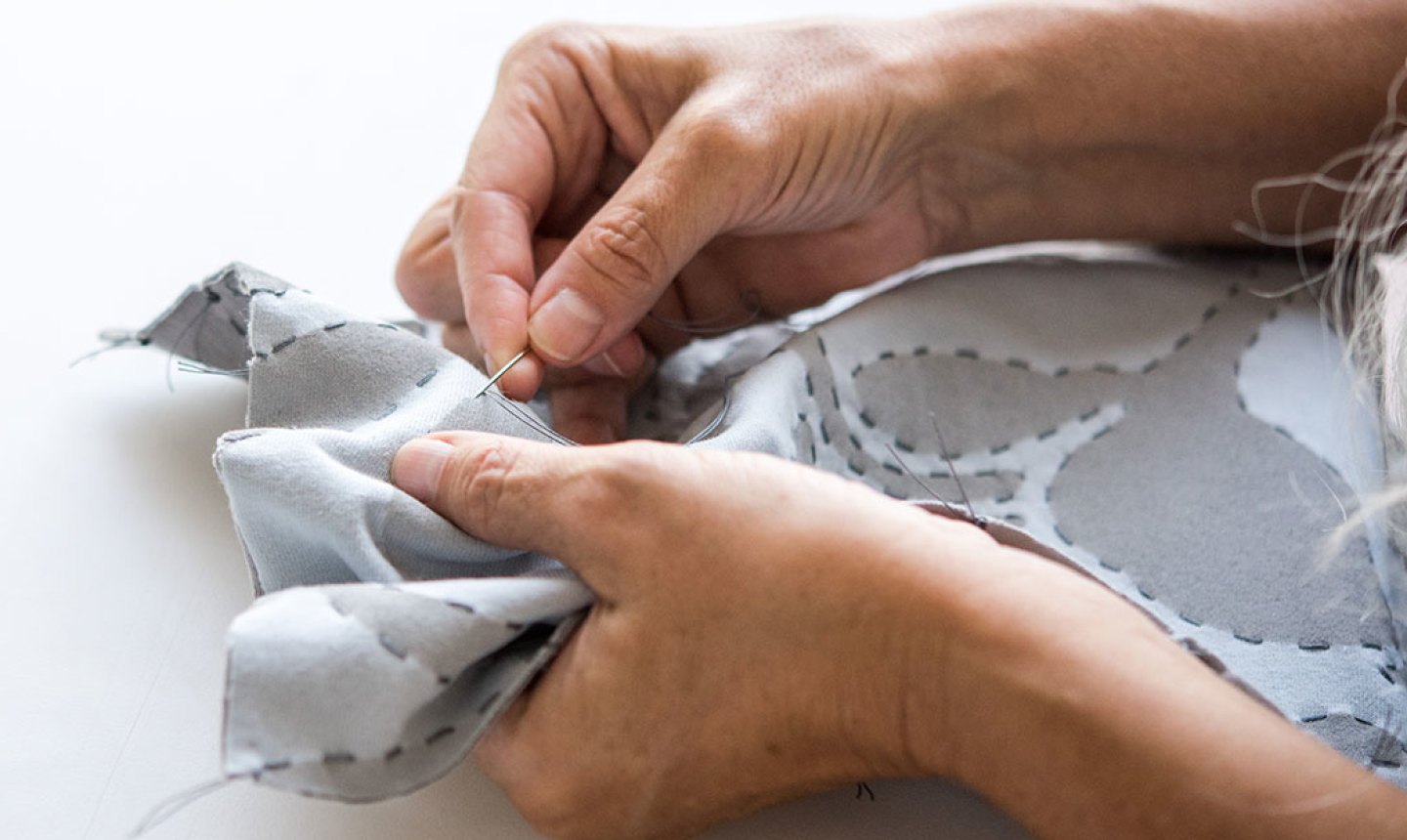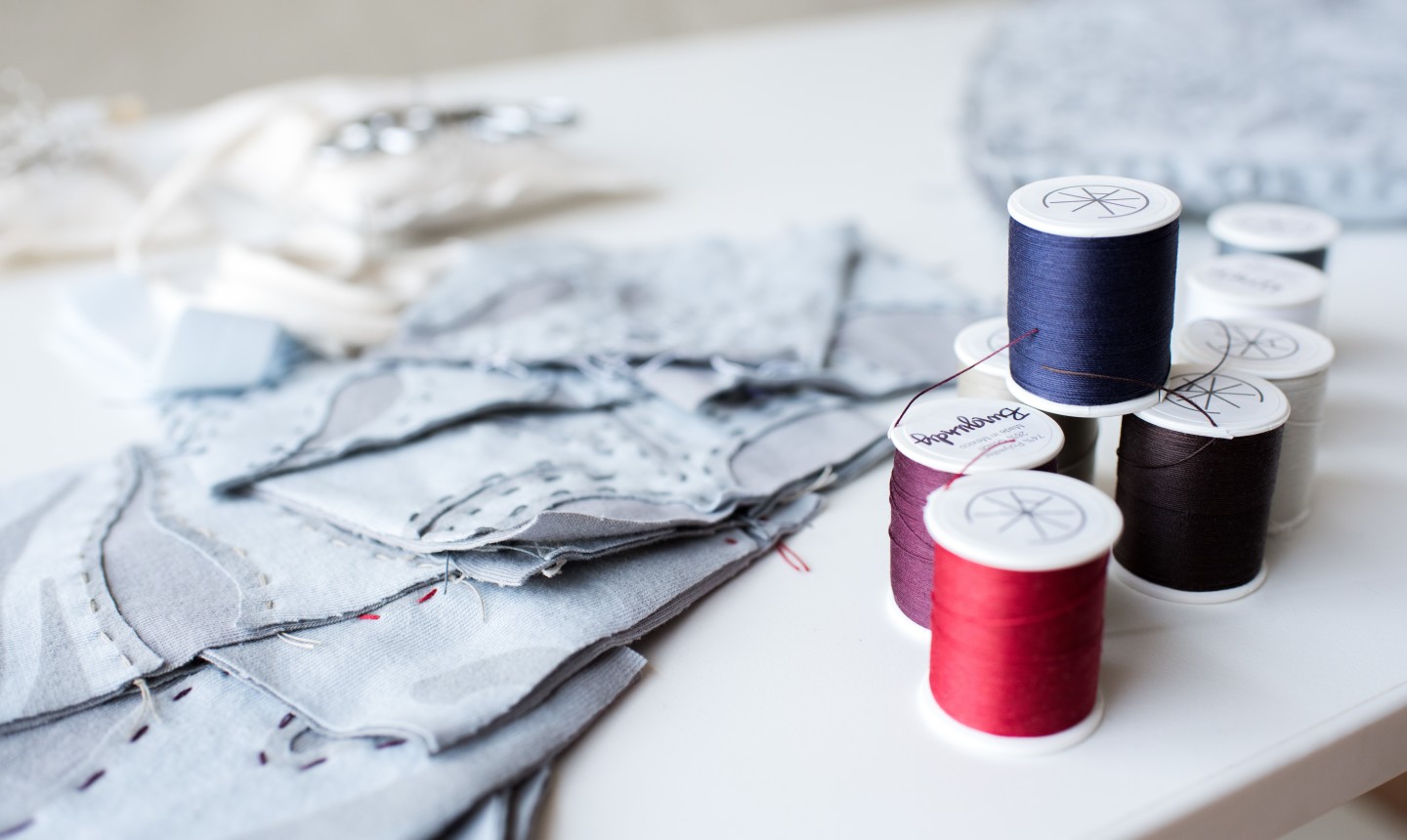
Everyone has that defining get-ready-in-the-morning moment: the one where you look at your closet, see an array of options and still feel like you have nothing to wear.
That dilemma is a consequence of the “fast fashion” shopping culture we live in, which encourages us to buy clothes that are low-cost and on-trend. They tend to be poorly made with materials that have a short lifespan, and it keeps us on a treadmill of consume, discard, repeat. Think of it as the fashion equivalent to junk food: so tempting and tasty, but always leaving you hungry for more.
But there is another way. An increasing number of designers and brands are rejecting the principles of fast fashion and embracing a more sustainable approach to making clothes. It’s known as slow fashion, and it’s focused on consuming and creating clothes more consciously, with awareness around how fashion affects people and the planet.
Why Should I Care About Slow Fashion?

Many of the negative effects of fast fashion are things that we don’t actually see when we’re holding the items in our hands. Take the human cost, for example. Much of this clothing is made by people trying to live on shockingly low wages, working under difficult conditions and intense pressure to work faster and produce more, reports Longevity. It’s this system that keeps prices low and stores well stocked with ever-changing inventory.
There’s also the environmental impact. A Pulse of the Fashion Industry report found that fashion generates 4 percent of the world’s waste each year, contributing a whopping 92 million tons annually. A lot of that comes from off-cuts, or oddly-shaped pieces of fabric leftover from the cutting process, reports Forbes.
Slow fashion, on the other hand, is typically made by people who are fairly paid and fairly treated, and items may even be made in the same country as the one they’re sold in, which reduces its carbon footprint and helps to preserve jobs and communities in the textile and apparel industry. So you’re buying less clothing less often, and it’s typically in better condition — and in good conscience.
Plus, you’ll save a ton of money in the long run. Think about it: If you buy three $8 T-shirts every year for five years, you’re out $120. But if you spend $60 on three higher-quality T-shirts that’ll last you five years, you’re saving $60. All of a sudden, that upfront expense doesn’t seem so unreasonable.
How Can I Switch to Slow Fashion?

Slow fashion is also about respecting traditional textile arts and crafts, many of which have been lost to high-efficiency, high-production fashion factories. So the good news is that, as makers and artisans, we’re already helping to reverse this trend by respecting the process of making something that’s unique, high-quality and built to last. After all, once you make something for yourself , you become keenly aware of how much time it really takes to make a beautiful garment, and it’s more clear that quality materials typically cost more money.
That said, few of us have the time to sew, knit, crochet and weave our entire wardrobe. That’s when you aim to apply the same principles that you embrace in the crafting room to the way you shop for ready-made clothes. So instead of grabbing that $10 sweater (that you will likely Marie Kondo six months from now), focus on building a core wardrobe of classic, well-made garments that fit well and look great on you — pieces you’ll reach for again and again over the next few years.
Now, that doesn’t mean you have to nix trendy items altogether — we still love fashion, after all! — so weave those into your wardrobe as you see fit. The key is making them highlight pieces, rather than filling your entire closet with them. Then you’ll have a balanced closet full of stuff you actually want to wear — and you can avoid those awful get-ready moments for good.

Excellent article
<strong>Excellent points made in this article. I had not considered the cheap t-shirt against a more costly one. Thanks.</strong>
It would also be very helpful to add some content about the other half of slow fashion: reinventing, repairing, and repurposing already existing garments and textiles.
Just signed up for swing skirt class